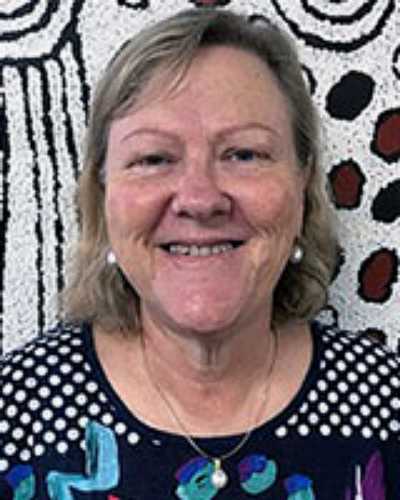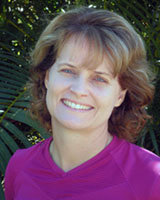Dear Editor
There is considerable investment in supporting student clinical placements in rural and remote locations as a workforce development strategy. The available evidence suggests that about one in three health professional students who have a clinical placement in the Northern Territory (NT), Australia (most of which is considered remote or very remote) are working in a remote location in Australia after graduation1,2.
A commonly used method for determining the postgraduation workplace location is an online survey. However, in our experience the response rates are typically very low (15–25%), which raises questions about the representative nature of the data. Those most interested in working in a rural or remote setting may be more likely to respond to such a survey.
The professional registration body for health professionals in Australia (Australian Health Practitioner Regulation Agency (AHPRA)) includes publicly available information about the postcode of residence of registered health professionals. However, not all health disciplines that have clinical placements in the NT require professional registration, for example in audiology, dietetics/nutrition, social work or speech pathology.
Of the 1936 allied health and nursing students on clinical placements in the Northern Territory from 2016 to 2019 (pre-pandemic), 420 did not require AHPRA registration (21.7%)1. With 78.3% of students’ disciplines covered by AHPRA, and assuming that the address details are up to date, this registration data may provide good quality data on workplace location after graduation.
We sought to compare previously published workplace location outcomes from a student cohort who completed a clinical placement in the NT derived by online survey with that based on recent AHPRA registration. These students are from a range of universities across Australia.
Administrative clinical placement data (information provided by students to the NT University Department of Rural Health, which is managed by Flinders University to provide placement coordination support) for all allied health and nursing students for 2021 were examined. We found 621 records, but after removing repeat students (multiple placements) (n=77), cancelled placements (n=80), international students (n=30) and those students not expected to be in the workforce until 2023 or later (n=43) there were 391 unique domestic students who undertook a clinical placement in 2021 in the NT. The AHPRA registration review was conducted in mid-September 2022.
There were 85 students (21.7%) in professions not AHPRA registered (consistent with previously published figures1). There were a further 81 former students who were not found on the AHPRA register, leaving 225 students for whom we could generate a Modified Monash Model (MMM) code3 using the online Workforce Locator4. Of these former students, 57 were registered with an AHPRA postcode in a remote or rural location (MMM 4–7), representing 25.3% (95% confidence interval (CI) 20.1–31.4%) of this cohort. We used MMM 4–7 because most of the NT is in this range. Of these former students, 61.4% were registered in the NT and 19.3% in New South Wales.
The online survey method (data collected September 2020) estimated remote and rural workplace locations for 31.4% (95% CI 26.1–37.0%) of 275 students (14.2% response rate) doing a clinical placement in the NT from 2016 to 20191 compared with 25.3% using AHPRA data. The difference is not statistically significant (p=0.166) but might become so if the sample sizes were larger. It is likely that the online survey method slightly overestimates remote and rural locations due to respondent interests in remote and rural health. It is also possible that the AHPRA registration (especially of recently graduated health professionals) underrepresents the number of former students working in the region if early graduates register with the address at which they were during their final year of education.
Funding
Funding for this work was partially provided by the Australian Government, Department of Health, through the Rural Health Multidisciplinary Training Expansion Program. The work has not previously been published.
Conflicts of interest
The authors declare no conflicts of interest.
Chris Rissel, Leigh Moore, Jessie Anderson and Narelle Campbell, Flinders University Northern Territory, Royal Darwin Hospital campus, Tiwi, NT
Sue Lenthall, Flinders University Northern Territory, Katherine, NT
References
You might also be interested in:
2017 - Avian influenza prevalence among hunter-harvested birds in a remote Canadian First Nation community




